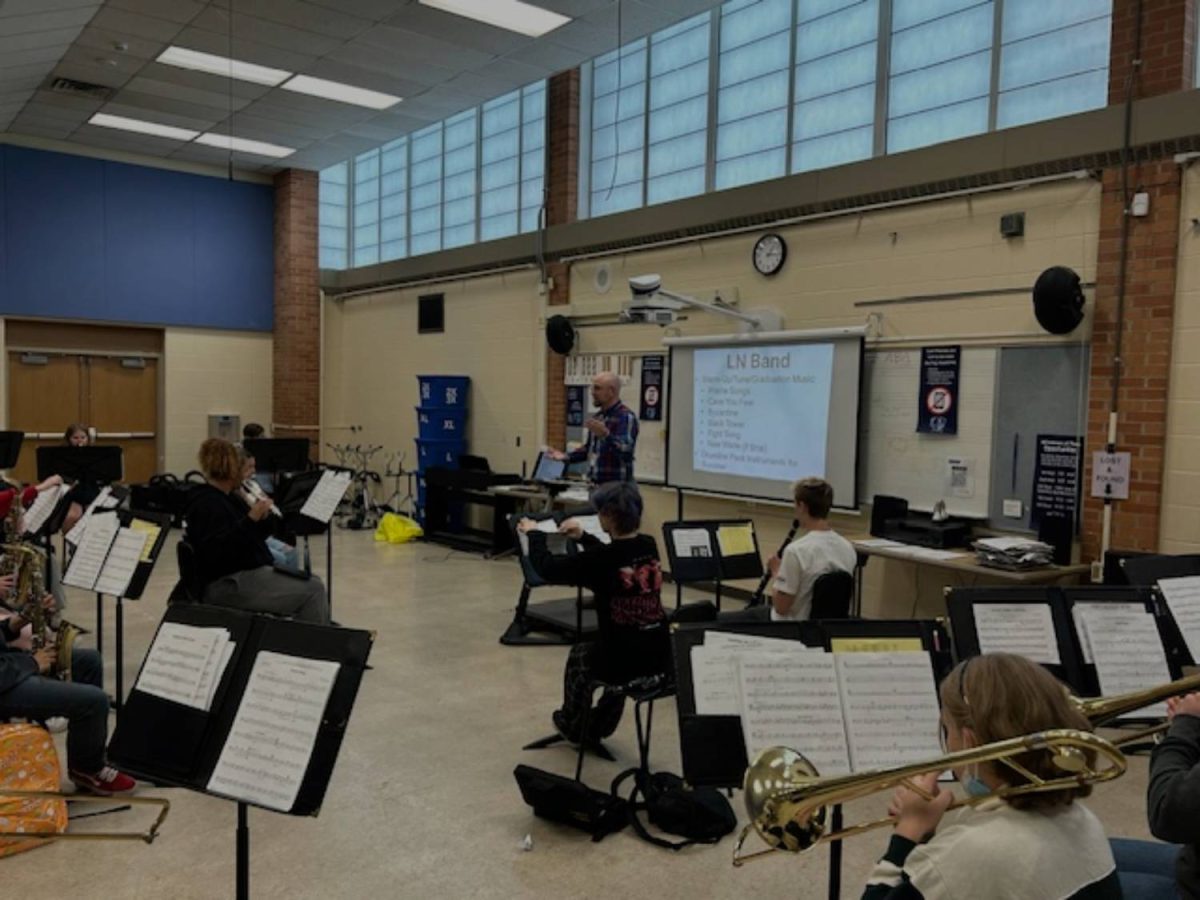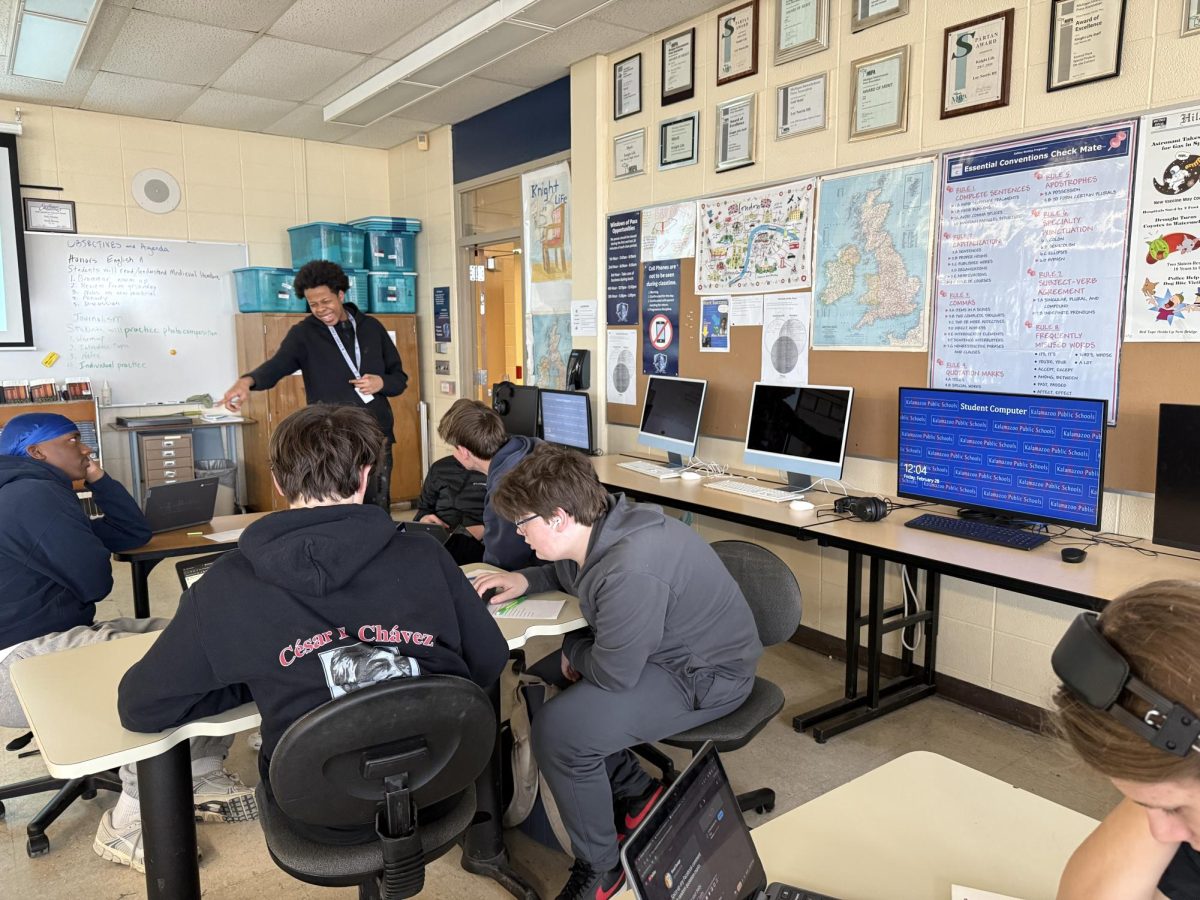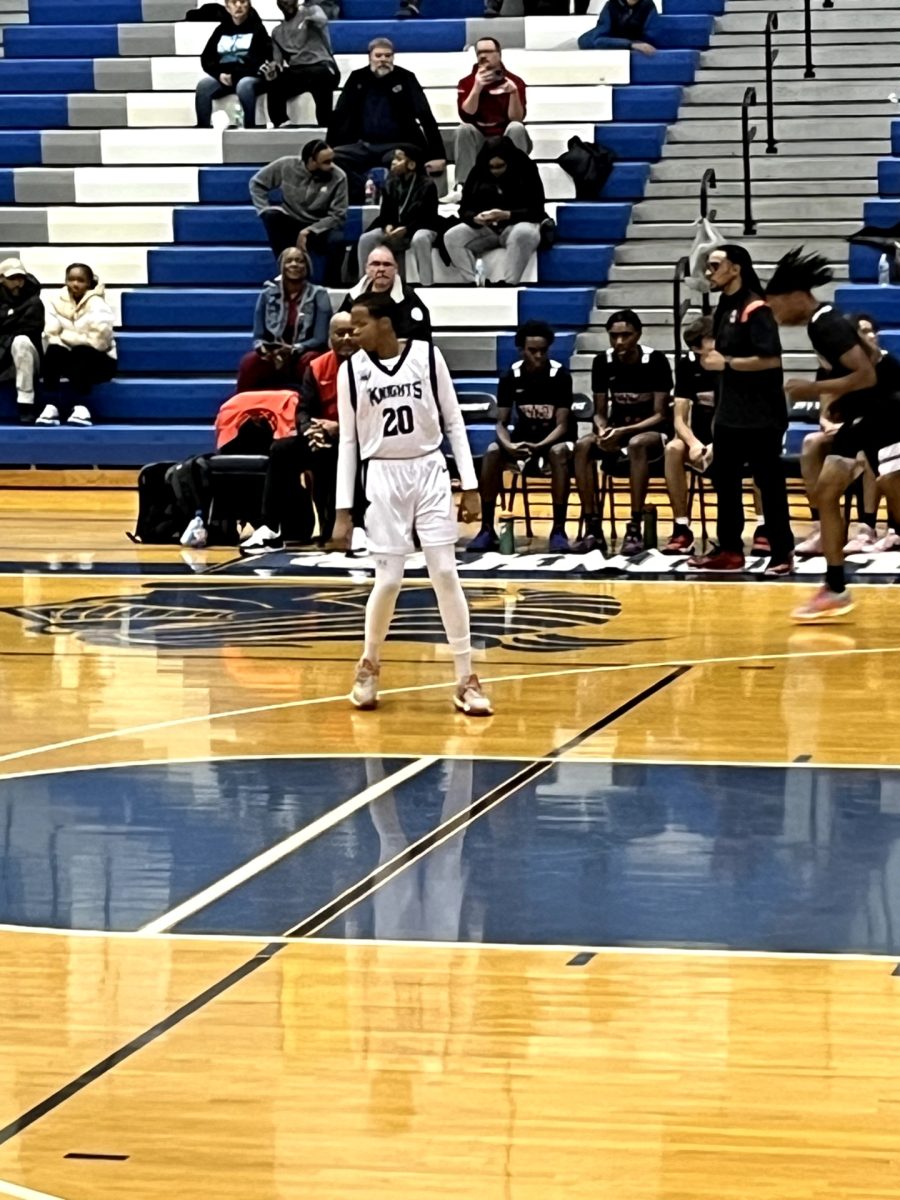Loy Norrix band director Aaron Mirakovits gets prepared to start his fifth period symphonic band class. As Mirakovits fills out his attendance, he notices the absence of a few students. After inquiring about where the students are, he is frustrated to learn that the are suspended and will not be in rehearsal for quite some time.
Suspension, more specifically, out-of-school suspension, is an extremely common form of discipline that is used in countless school districts around the country. While suspension can be beneficial, as it often removes disruptive students from the school environment, it can also cause several issues, both to students and to staff members.
Students are not the only people who can be negatively affected by a suspension. Teachers, especially in the music department, are often heavily affected by student absence due to a suspension. Mirakovits provides an interesting perspective on how suspension can affect teachers as well as students.
“Band is unique in that it is very difficult to replicate our class environment,” said Mirakovits.
Due to how unique the environment is in a high school band class, extended absences can disrupt the rehearsal plans that have already been set in place by the director.
“With our class, because of our unique classroom environment, every rehearsal is a combination of planning and in-the-moment responses to issues,” continued Mirakovits, “so it’s difficult to replicate that environment even if the student manages to take their instrument home while they are suspended.”
The Consequences of Suspension and What Schools Can Do Instead, written by Alexis Brakebill and published by Edmentum, shows one of the first major problems that comes with suspension is that students are not in class, leading to a drop in grades and performance on state assessments, such as the MSTEP and WorkKeys exams.
An increase in dropout rates has also been shown to be another negative side effect of suspension. The High Cost of Harsh Discipline and Its Disparate Impact, a study conducted by Russel W. Rumberger and Daniel J. Losen and published by the Center for Civil Rights Remedies, shows that 10th grade students who have been suspended have been graduating at a rate 23% lower than those who have not been suspended.
While suspension as punishment has its benefits, it removes students who are often a disruption to others and their right to learn, it also has several drawbacks.
An alternative to out-of-school suspension that is already being used in some schools around the country is in-school suspension, or ISS. However, this program also has issues: most notable are the need for staffing, funding and a room for the program to take place in. While work would be needed for a program like this, some teachers have already voiced support for this program.
“I would, however, like to see an in-school-suspension option,” said Mirakovits. “I think that would be valuable.”








